How To Resurface Bowling Ball [Finishing Guide]
When you buy a bowling ball, you'll want to keep it in the best shape and at optimal performance level for as long as possible. By regularly maintaining your bowling ball, you can increase its usable life span and keep it at its peak performance. However, bowling ball maintenance is not only about keeping it clean and free from oil, scuff marks, dirt, and debris.
Bowling ball resurfacing is the best way of getting your ball back into tip-top shape. Keep reading this article to learn more about resurfacing your bowling ball and returning it to life.
What is Bowling Ball Resurfacing?
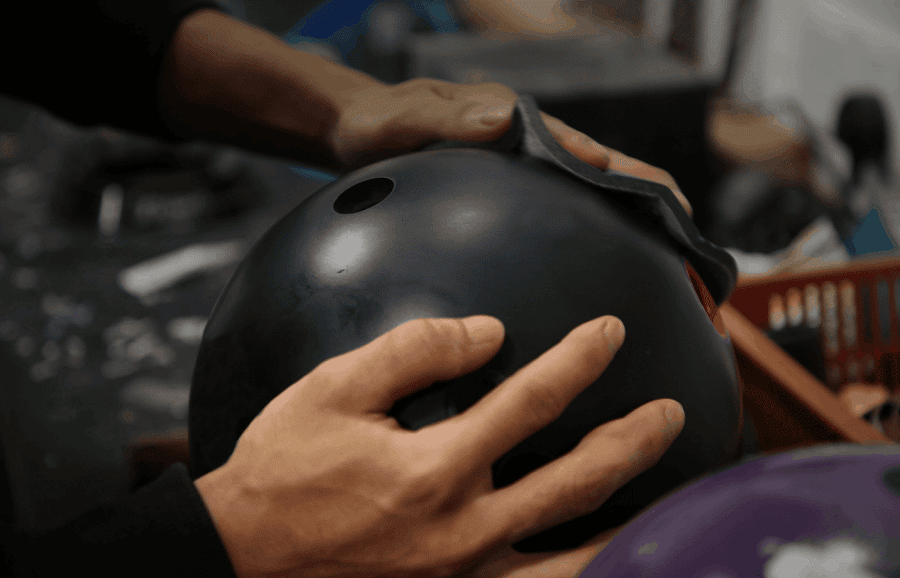
Bowling ball resurfacing involves restoring the sharp edges of the pores on the ball's surface. A ball's microscopic pores allow it to grip the lane with more friction, improving its hook capability. However, with time, these pores get clogged with dirt and oil, affecting your bowling ball's performance.
Therefore, when you resurface a bowling bowl, you restore the sharp edges of the pores so that it can create more friction, improve its hook-ability and allow it to move down the lane faster.
Why Should You Resurface a Bowling Ball?
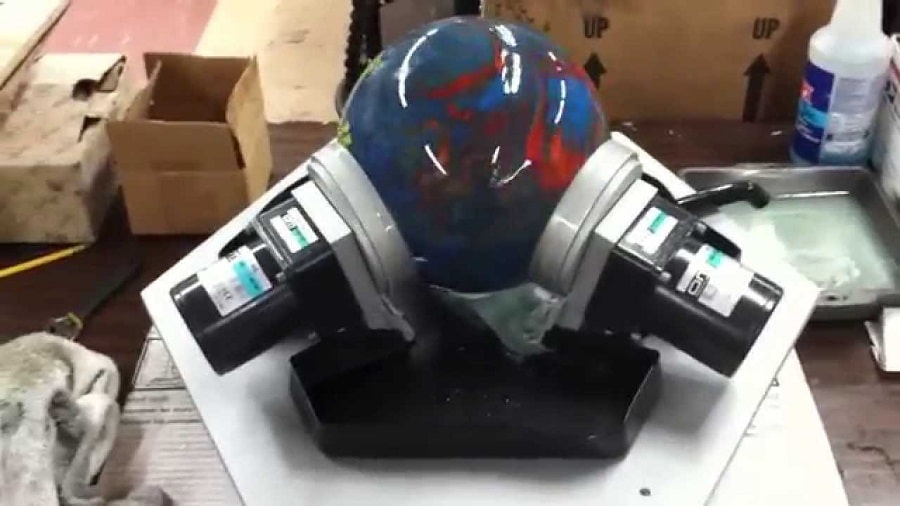
As you continuously throw your bowling ball through oil, this oil and other debris may get absorbed into its pores. When you leave your bowling ball unchecked and uncleaned, it will have clogged pores. This will affect its grip, hook capability, and reaction as it travels down the bowling lane. Some of the reasons you should resurface your bowling ball include the following:
- Resurfacing helps remove the buildup from the pores
- It restores the sharp edges that generate friction
- Resurfacing gives life back to your dead ball
- It is cheaper than buying a new bowling ball.
- To improve your bowling ball's hook potential.
Resurfacing your bowling ball will help it roll smoothly and consistently every time you make a throw.
When Should You Resurface a Bowling Ball?
It is advisable to resurface your bowling ball after every 60 games or at least once per season. A bowling ball is continuously thrown through oil. When you play your 60th game, you may realize that your bowling ball is not moving as expected, even after you try cleaning or maintaining it. With your ball's condition influencing your play, it's crucial to regularly deep clean it through a full bowling ball resurfacing.
A resurface will make your bowling ball look and perform like it's brand new. However, it does not extend the lifespan of your ball. Therefore, eventually, your bowling ball will be clogged with oil. Regardless, resurfacing the ball is a proven way of getting it back on track and keeping it in excellent working condition.
How to Resurface a Bowling Ball
There are different ways of resurfacing your bowling ball depending on the type of results you would like to achieve. Resurfacing your bowling ball will recreate the hills and valleys of its clogged pores. There are two major ways of resurfacing your bowling ball:
1: Pro shop resurfacing
You can have your bowling ball professionally resurfaced at your local pro shop. A pro shop has all the necessary tools, grits, sanding pads, and experts experienced with resurfacing. Resurfacing a bowling ball requires careful attention to detail with focus and concentration.
Therefore, you can take your bowling ball to your local pro shop if you want it to be in the hands of an experienced person or don't have the required tools. This will significantly reduce the chances of any mistakes and is not expensive.
2: Resurface on your own
Alternatively, you can also choose to resurface your bowling ball by yourself. Before trying to resurface your ball on your own, it's important to research properly. This is because you could disrupt the ball's balance if you fail to do it right,
How to Resurface Your Bowling Ball at Home
There are two major methods of resurfacing your bowling ball at home. You can choose to resurface the ball by hand or use an at-home bowling ball spinner which speeds up the process. However, you'll have to first assemble all the materials before proceeding to make your bowling ball as good as new.
1: Required tools
You'll need the right tools and materials if you would like to resurface your bowling ball at home. Some of the tools and materials you'll need include:
- Bowling ball spinner
- Sanding agent
- Water bottle and water bowl
- Towels, Pads, Polishers, and Cleaners
2: By Hand
Resurfacing your bowling ball by hand is time-consuming and could lead to mistakes. However, you can take the following steps if you would like to resurface your bowling ball by hand:
- Secure your ball in an area that you can freely rotate it
- You can then start sanding your bowling ball
- Dip your sanding agent into the water to remove dust residue and prevent uneven sanding
- You should also spray water throughout the sanding process to remove dust and other debris
- After you're done sanding, apply polish to the surface of the ball.
3: Using a Spinner
Using a spinner is a faster way of resurfacing your bowling ball than doing it by hand. It also ensures evenness and minimizes mistakes. You can follow this step-by-step process to resurface your bowling ball using a spinner:
- Place the center of your ball grip at the top of the spinner.
- Wet your sanding pads and the ball to protect your hands from friction and keep away dust and other debris
- You can then set your spinner speed. It's advisable to use the lowest speed while sanding.
- Use your palm to hold the sanding pad as you move it up and down the ball.
- Keep track of the pressure and time you spend on each exposed area to ensure you evenly sand each part of the ball. You can apply more pressure for a short period if you want a lower grit or less pressure for a longer time to get a high grit.
- After sanding the exposed area, you can reposition the ball to expose the center of the grip and sand the area. You should use the same pressure, time, and speed.
- After sanding the entire ball surface, apply compound and polish to the ball using a different towel/pad.
- You should change the spinner speed to high-speed settings while applying your compound or polish.
- You can then clean your ball and allow it to dry.
How Many Times Can You Resurface a Bowling Ball
You can resurface your bowling bowl as many times as you want. However, you should consider buying another ball if you can no longer see the logo. While most bowlers clean the ball every time they are done bowling, it doesn't count as resurfacing.
Resurfacing your ball regularly will help it roll consistently and ensure it remains at its peak performance. However, it's time to buy a new ball when you have sanded the ball so frequently that you can't see the logo.
Professional bowlers are required to maintain the circumference of their bowling ball, at most 27.002 inches and at least 26.704 inches. Therefore, as you sand your bowling ball, you should ensure it remains within these limits.
How Much Does It Cost to Resurface a Bowling Ball?
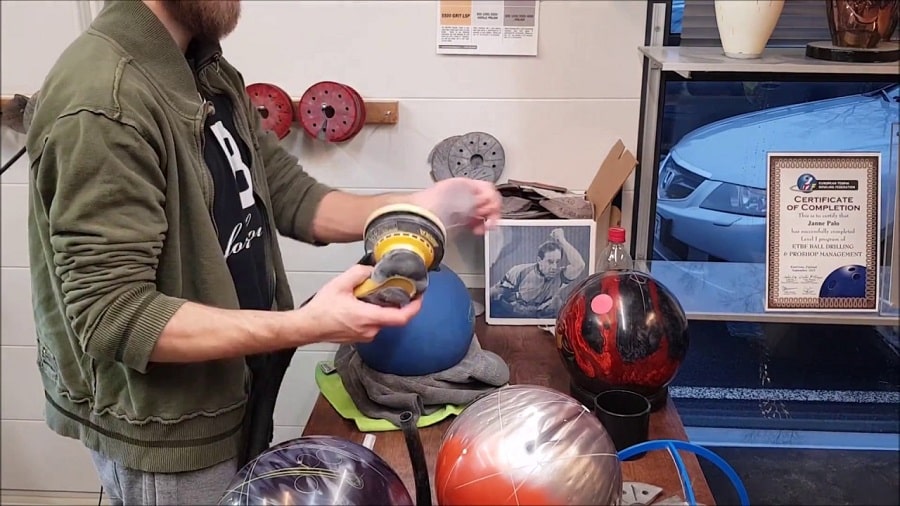
Resurfacing a bowling ball can cost anywhere from $5 to $30. This depends on whether you need something as small as fixing scratches, dents, and nicks or you would like to resurface the whole ball. Most pro shops will charge you between $5 to $10 for these services. A deeper resurface requires a special machine, and these services may cost $30.
How Long Does It Take to Resurface a Bowling Ball?
The time you'll take to resurface a bowling ball depends on the method and the products you use. You can choose to take your bowling ball to a pro shop where it'll be resurfaced by a professional and returned on time.
If you would like to resurface it at home, you should ensure that you have all the tools needed to avoid taking longer than expected. For example, resurfacing your bowling ball may take longer if you don't have a spinner or use a lower-grit sanding agent.
Conclusion
Other than your bowling skills, different factors may affect how you bowl, including the condition of your bowling ball. Therefore, if the pores of your bowling ball accumulate dirt and oil, it'll affect its performance and hook potential hence turning it into a dead ball. Therefore, bowling ball resurfacing is one of the best ways of maintaining your bowling ball.
It will take care of the nicks or scratches that hinder your ball's performance. We have covered everything you need to know about bowling ball resurfacing and the steps you can take to achieve it.
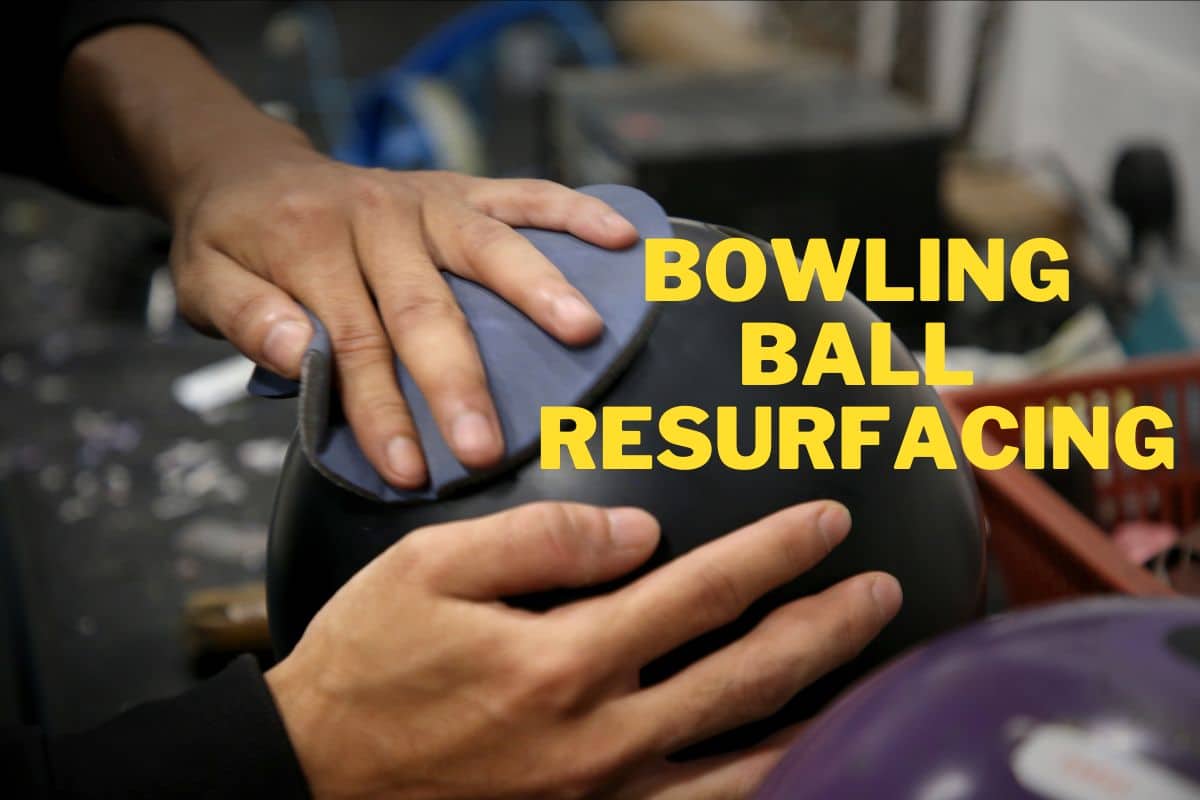
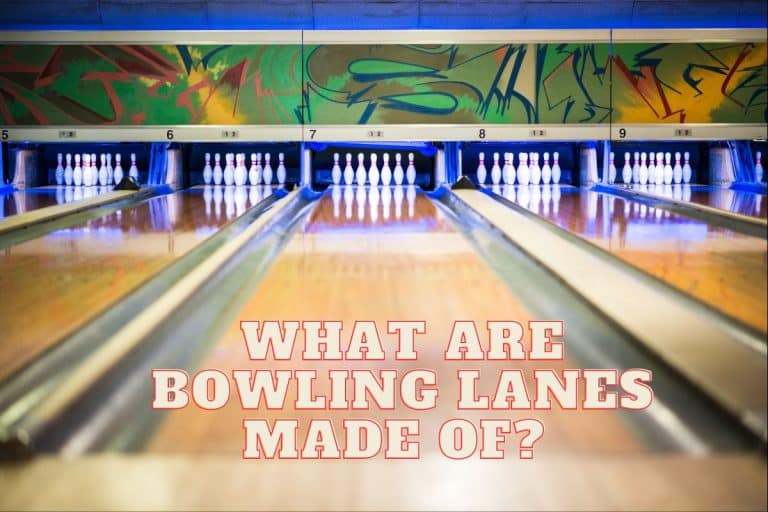
![Best Bowling Ball for a Stroker [Expert Guide 2023]](https://www.bowlingknowledge.com/wp-content/uploads/2023/03/Best-Bowling-Ball-for-a-Stroker-768x512.jpg)
![Can you Resole Bowling Shoes? [Ultimate Guide]](https://www.bowlingknowledge.com/wp-content/uploads/2023/03/Can-you-Resole-Bowling-Shoes-768x512.jpg)
![How To Calculate Bowling Handicap [Complete Guide]](https://www.bowlingknowledge.com/wp-content/uploads/2023/02/Calculating-Bowling-Handicap-768x512.jpg)
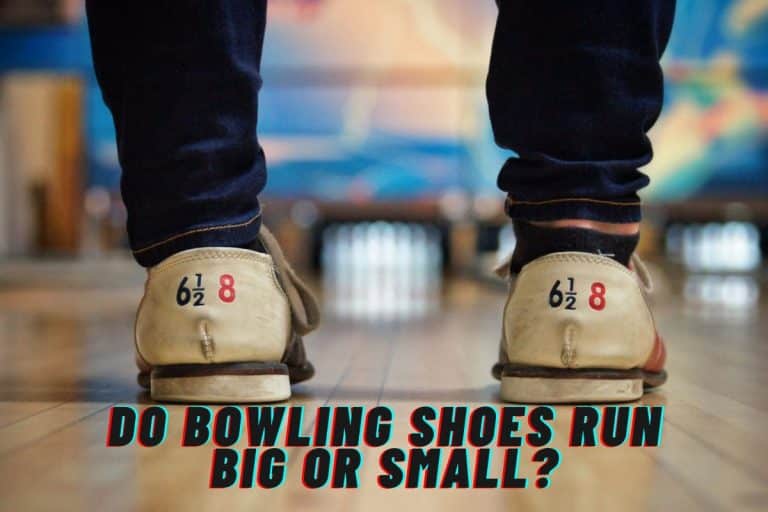
![Bowling Ball Maintenance [Clean & Resurface]](https://www.bowlingknowledge.com/wp-content/uploads/2023/02/Bowling-Ball-Maintenance-768x512.jpg)